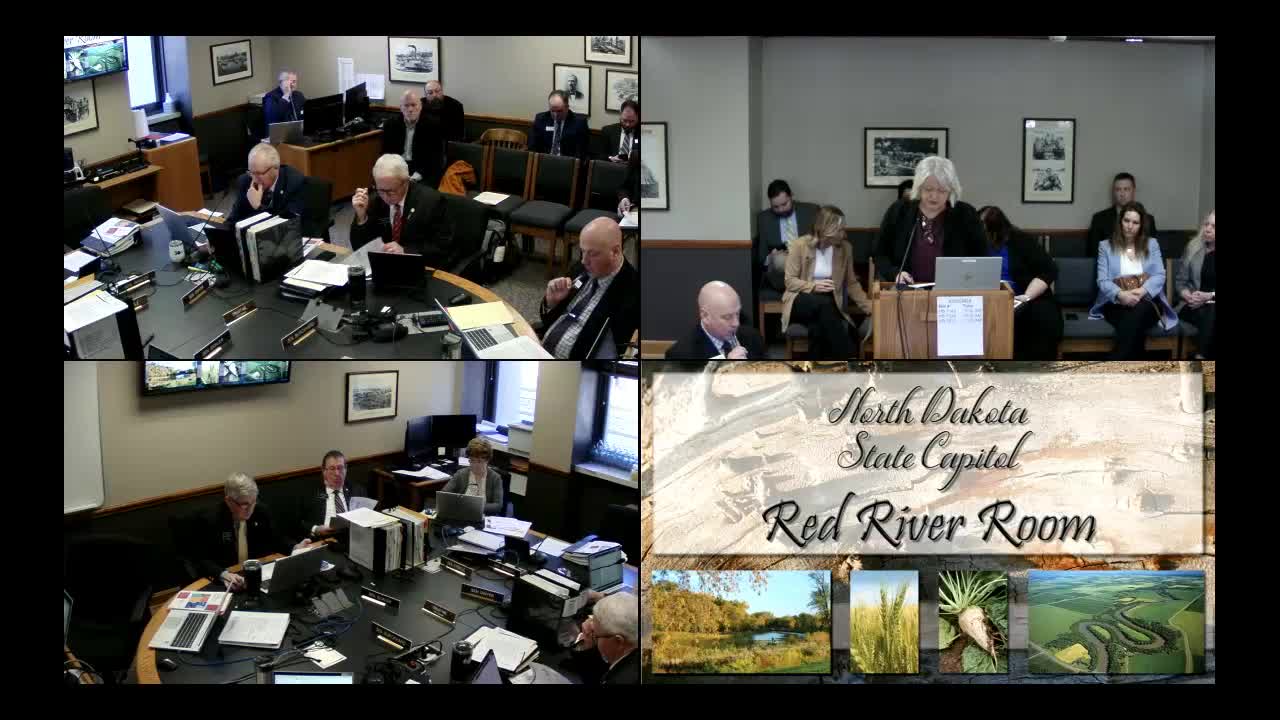Walsh County develops childcare solutions amid severe shortage and funding struggles
March 31, 2025 | Appropriations - Government Operations Division, Senate, Legislative, North Dakota
This article was created by AI summarizing key points discussed. AI makes mistakes, so for full details and context, please refer to the video of the full meeting. Please report any errors so we can fix them. Report an error »

A childcare crisis in Walsh County has sparked a significant initiative aimed at increasing childcare availability in North Dakota. During a recent Senate Appropriations meeting, regional leaders highlighted the urgent need for at least 137 new childcare slots in the area, prompting the Regional Council to allocate $1 million from the Rural Workforce Innovation Program (RWIP) to tackle this issue.
The project, which has been in development for over two years, involves a public-private partnership where the Job Development Authority (JDA) will create a childcare center space and lease it to a private operator. This model has been successfully used in the past to address similar challenges in rural areas. Despite the extensive planning and collaboration, the $1.4 million project remains underfunded, underscoring the ongoing struggle for sustainable investment in small towns.
The childcare center, recently completed, will double its capacity to approximately 65 slots, a crucial step in addressing the severe shortage affecting local families. The Regional Council's efforts included conducting focus groups and surveys to gather input from parents and childcare providers, evaluating potential sites, and managing construction and funding complexities.
In addition to childcare, the meeting also addressed broader economic development challenges in rural North Dakota. Leaders emphasized the need for increased funding to support workforce and housing initiatives, with a proposed funding level of $2.4 million deemed insufficient to make a significant impact. They urged the state to strengthen partnerships with regional councils to foster long-term economic growth.
The discussions highlighted the critical role of regional councils in leveraging state resources and addressing complex issues that hinder economic development. As the meeting concluded, leaders expressed hope that with adequate funding, they could multiply the impact of state investments and create lasting change in their communities.
The project, which has been in development for over two years, involves a public-private partnership where the Job Development Authority (JDA) will create a childcare center space and lease it to a private operator. This model has been successfully used in the past to address similar challenges in rural areas. Despite the extensive planning and collaboration, the $1.4 million project remains underfunded, underscoring the ongoing struggle for sustainable investment in small towns.
The childcare center, recently completed, will double its capacity to approximately 65 slots, a crucial step in addressing the severe shortage affecting local families. The Regional Council's efforts included conducting focus groups and surveys to gather input from parents and childcare providers, evaluating potential sites, and managing construction and funding complexities.
In addition to childcare, the meeting also addressed broader economic development challenges in rural North Dakota. Leaders emphasized the need for increased funding to support workforce and housing initiatives, with a proposed funding level of $2.4 million deemed insufficient to make a significant impact. They urged the state to strengthen partnerships with regional councils to foster long-term economic growth.
The discussions highlighted the critical role of regional councils in leveraging state resources and addressing complex issues that hinder economic development. As the meeting concluded, leaders expressed hope that with adequate funding, they could multiply the impact of state investments and create lasting change in their communities.
View full meeting
This article is based on a recent meeting—watch the full video and explore the complete transcript for deeper insights into the discussion.
View full meeting
